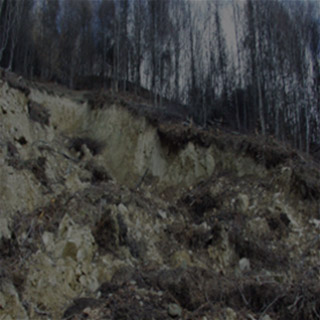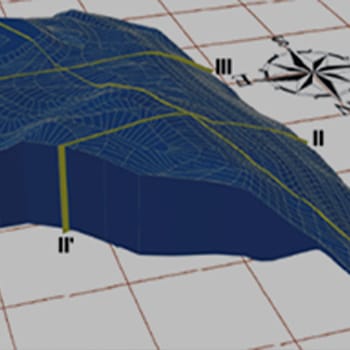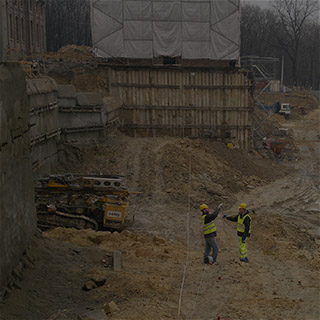Main Page | Knowledge base | Geophysics | Seismic studies | Refraction
SEISMIC REFRACTION
Refraction technique was the first major geophysical technique used for the exploration or deep oilbearing layers. Currently, it is widely used in detailed studies of shallow subsurface.
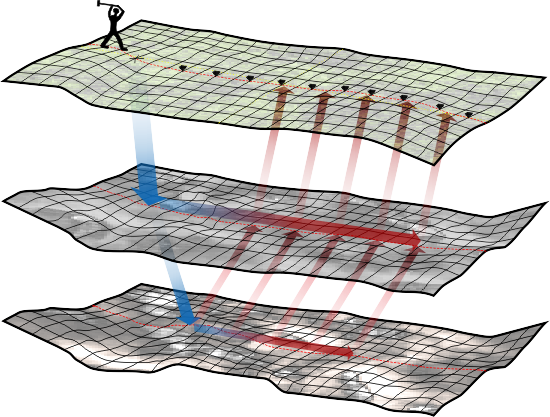
The most important part of the refraction technique is to measure the “first break” time that is coming P-wave. This is the time when the receiver begins to move at the time of the incoming waves artificially generated by seismic source. Refraction wave arises on boundary of two media (layers) which differ significantly in velocities. The necessary condition is that these velocities in the successive layers must be higher. Knowing the times of coming waves and geometry (location of receivers and seismic energy of the shotpoints) basing on the laws of physics, we can exactly identify boundaries and the depth of geological boundaries.
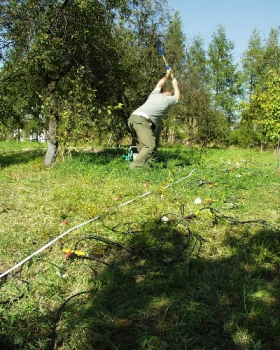
Seismic method using refraction technique may be used to identify and define:
- boundaries separating the different weathering zones in the rock mass,
- unfractured solid bedrock such in granite, limestone, dolomite quarries
- the level of the groundwater table,
- cubic capacity of rock masses, overburden and even wastes
- fault, fracturing, weak zones,
- rock rippability,
- geomechanical parameters such: dynamic elastic modules, Poisson’s ratio, anisotropy of cracks,
- preliminary assessment of geomechanical rock mass classes such RMR89, Qc,
- identify landslide areas, particularly the slip surfaces.






